Latin name: Fatsia
Category: perennial herbaceous plant
Origin: Japan
Fatsia is a beautiful houseplant
It has large, curly, attractively shaped, shiny green leaves, and can also be patterned, folded into a rosette. Fatsia looks very impressive in large rooms. The plant is often decorated with its luxurious appearance in the interior of hotels and various institutions, offices.
The plant belongs to the Araliev family. Relatives of a spectacular plant are aralia, ivy, shieldwort, shefflera. The early plant was called Japanese Aralia. The modern name comes from the Japanese language, which in translation means the number eight, confirming the eight-lobed appearance of the leaves.
In the environment, Fatsia is an evergreen shrub with few branches, as well as a small tree. It grows on the islands of Japan, Taiwan, China, the Far East.
Fatsia cleans the room from the effects of negative energy on the body, and also purifies the air.
There are also indoor plants that purify the air: dracaena, ivy, aloe, chlorophytum, dieffenbachia, azalea, ficus, chrysanthemum.
The plant is very popular with flower growers, because it is perfect for decorating the garden. In aralia, surprisingly beautiful leaves, the external is very similar to the leaves of chestnut and maple.
Fatsia have found application in the practice of traditional medicine and decorate the landscape with its help. The plant is used in the treatment of rheumatism, diabetes, and also for colds. Fatsia has found an effective use as a remedy for high blood pressure, its action, stimulating the body, works better than ginseng.
The plant perfectly relieves stress and depression. Aralia is desirable to purchase in the office. Employees have different moods and negative thoughts that seriously affect them and ultimately their health and work performance.
The plant will help in business relations, create favorable conditions for successful negotiations between entrepreneurs. In the office in which aralia grows, it is easier for the owner of the office to make the right decision in a conversation with a competitor.
The plant is successfully used by traditional healers. Fatsia has the ability to strengthen the body after illness, to help people in the treatment of diseases of the kidneys and urinary canals.
Aralia leaves have a useful substance and essential oil, which is used to strengthen the body, and as a tonic.
The roots are used to treat diabetes. Aralia is used as a pain reliever for headaches and back pain. The plant has an antiseptic effect, relieves skin rashes.
Having a positive use, aralia is fearfully afraid to grow, as many people consider it a poisonous plant. But it does not harm a person, because the juice of the plant has a weak saturation of toxic substances, and can only cause allergies. The leaves do not emit toxic particles - it is safe for people to be in the room where Fatsia grows.
When cutting the leaves of Aralia, be sure to wear gloves so that the juice does not get on the skin.
Fatsia, growing in natural conditions, loves humid and warm summers, cool and dry winters. It tolerates weather changes very well. Aralia is grown in a region with a subtropical climate to decorate the landscape. The Japanese traditionally plant fatsia near their dwellings from the north side, driving away evil spirits.
Species and varieties
Japanese Fatsia (Fatsia japonica)
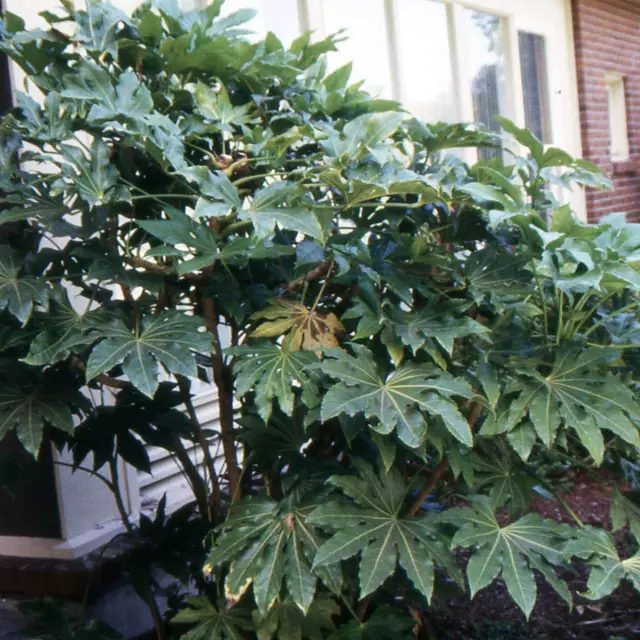 Fatsia belongs to the same genus of dicotyledonous plants. Only one species is grown at room temperature - Japanese Fatsia. The plant has been grown for three centuries. And in Europe it appeared only in the nineteenth century.
Fatsia belongs to the same genus of dicotyledonous plants. Only one species is grown at room temperature - Japanese Fatsia. The plant has been grown for three centuries. And in Europe it appeared only in the nineteenth century.
Fatsia Japanese is a fast growing plant that can double in size in one year and also reproduces quickly.
New varieties were bred in a hybrid and decorative way.
The following varieties are popular:
- Spider's Web - leaves with white strokes;
- Variegata - leaves frame light stripes;
- Annelise - leaves with a golden hue;
- Murakumo Nishiki - yellowish leaves;
- Tsumugi Shibori - white or cream spots on the leaves.
Home care
Fatsia easily tolerates different light, retaining its attractiveness, and grows rapidly.
Lighting
Here, variegated plants and light spots have a difference, they love light. The plant is not afraid of the sun, but in summer the place where it grows should be shaded so that it grows in excellent condition. Being in the shade, Fatsia has a decorative appearance and large leaves, but grows more slowly. Plants that have grown large are rearranged in the shade and their growth needs to be slowed down, but in order to remain attractive. You should focus on the decorative appearance of Fatsia when choosing a place for it, because the plant will adapt to any place.
Temperature
Fatsia grows well at a comfortable temperature of 18-23 degrees. The flower will grow well at higher temperatures, but should be watered more often. In winter, Aralia needs relative rest, at a temperature of about 10-15 degrees. But Fatsia varieties with variegated leaves are more comfortable at a temperature of 16-18 degrees. The cool temperature in winter will not harm the plant if it is provided with bright lighting or rearranged to the south side of the room.
Aralia really needs fresh air, drafts do not harm her. In June, the plant can be moved to the street, or taken out to the balcony, loggia.
Watering
Fatsia, with intensive growth in the warm season, requires watering after the top layer of the earth has dried. When winter comes, the frequency of watering is reduced, provided that Fatsia is in a cool room, but at the same time make sure that the earth does not dry out.
Air humidity
Aralia likes high humidity. Flower growers recommend constantly moistening the air, spraying the leaves and wiping with a wet cloth.
Fertilizer
During the growing season, fertilizers are applied once a week, it should be fed with mineral fertilizers or organic. It is not necessary to fertilize when it is in a cool place in winter. But when the plant is in a warm room, fertilizer should be added only once a month.
Pruning
Aralia is usually pruned in spring, but there are species when pruning follows as the stems grow.
Transfer
The flower needs to be transplanted infrequently, in about 3 years once in the spring or in the first days of summer. A flower should be transplanted when the roots appear from the holes in the pot.
Aralia refers to those plants that get sick after a transplant and get used to a new environment for a long time, but despite this, a transplant is necessary.
Fatsia should be selected for transplanting small pots. When choosing a large pot, the plant will not grow well and get sick.
Reproduction
Fatsia is propagated using cuttings, in the spring the cutting is planted in a mixture of peat and sand, placed in a room with a temperature of 23-27 degrees. Then the cutting should be covered with a jar, and when the roots appear, they are planted in pots, one in each pot.
Aralia is also propagated by seeds. They take the substrate from the earth and sand in equal parts and plant the seeds to a depth of 10 mm. Pots with sown seeds are placed in a cool room with a temperature of 18 degrees. After the seeds have grown stronger, pe into separate pots using a mixture of humus, earth, sand in a ratio (1: 2: 1). Planted one plant at a time, and then put in place with good lighting.
Pests and diseases
The most common pests and diseases of Fatsia are mites, gray rot, and aphids. Next, we will deal with them in detail.
Aphids form on leaves and stems. It brings the greatest danger when it spreads a viral infection. In order to get rid of aphids, it is necessary to treat the plant with soapy water, and then with a tincture of wormwood or tobacco.
The reason for the appearance of gray rot is excessive watering. You can remove the rot by pruning the parts of the plant shrouded in rot. After this procedure, it is necessary to reduce the humidity and ventilate the room.
Ticks are pests that are difficult to get rid of. Plants affected by the mite become yellow spots, and after a while change to brown. It is necessary to do prophylaxis - constantly spray with water. An ultraviolet lamp will help in the fight against the tick, and you should also ventilate the plant by taking it outside. It is necessary to treat the flower with chemicals - "Aktellik", "Neoron", "Fitoverm".
Difficult Growing Moments
- In cases where the plant is poorly cared for, various damages can occur.
- When the earth dries out - spots on the leaves.
- At low humidity, the leaves wrinkle.
- When water stagnates in the roots, the leaves wither.
- When in a very dark and warm room, the plant stretches.
- With deformed leaves - the defeat of aphids.
Create favorable conditions for Fatsia, and you will be able to admire its beauty for many years.















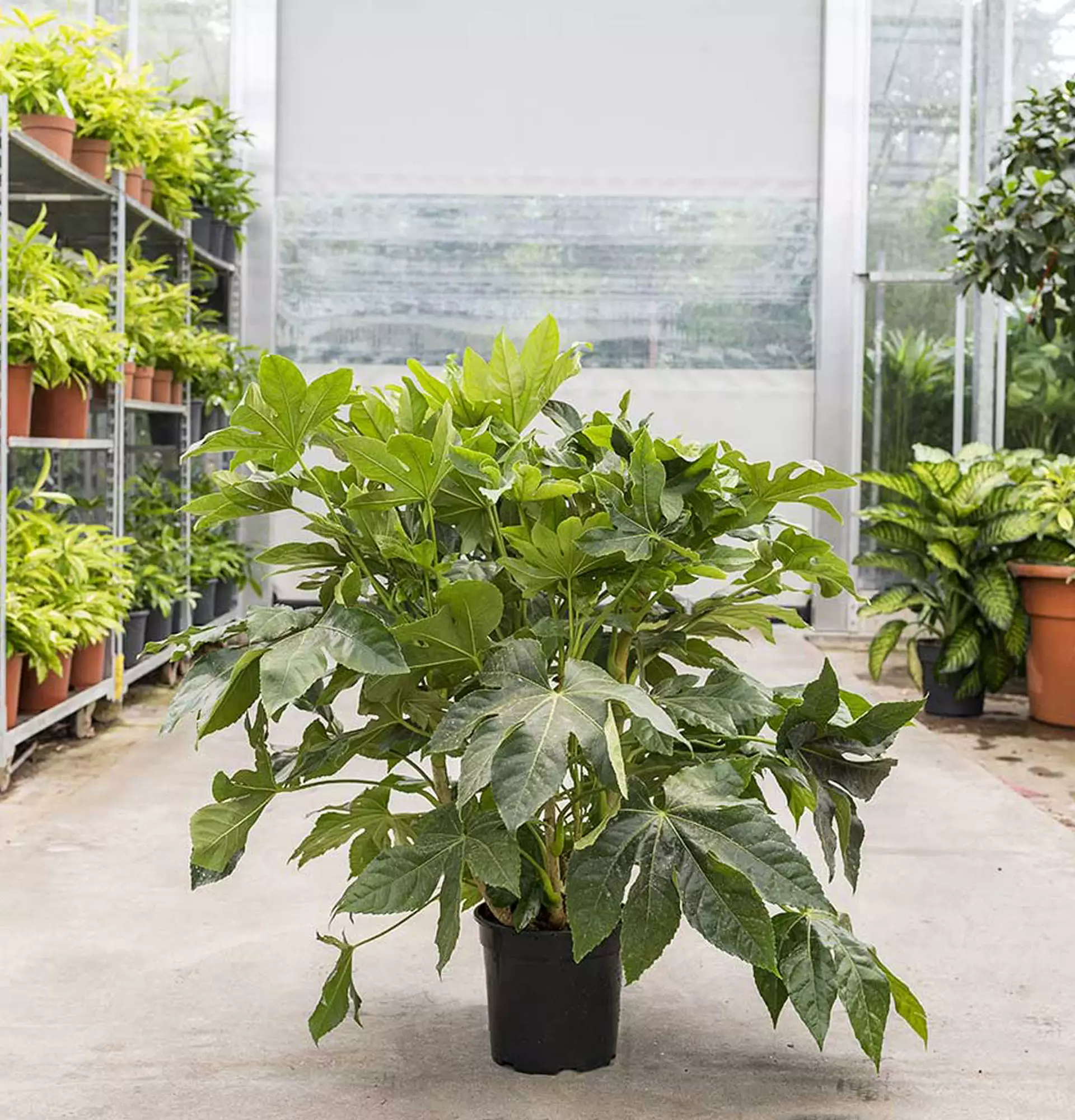
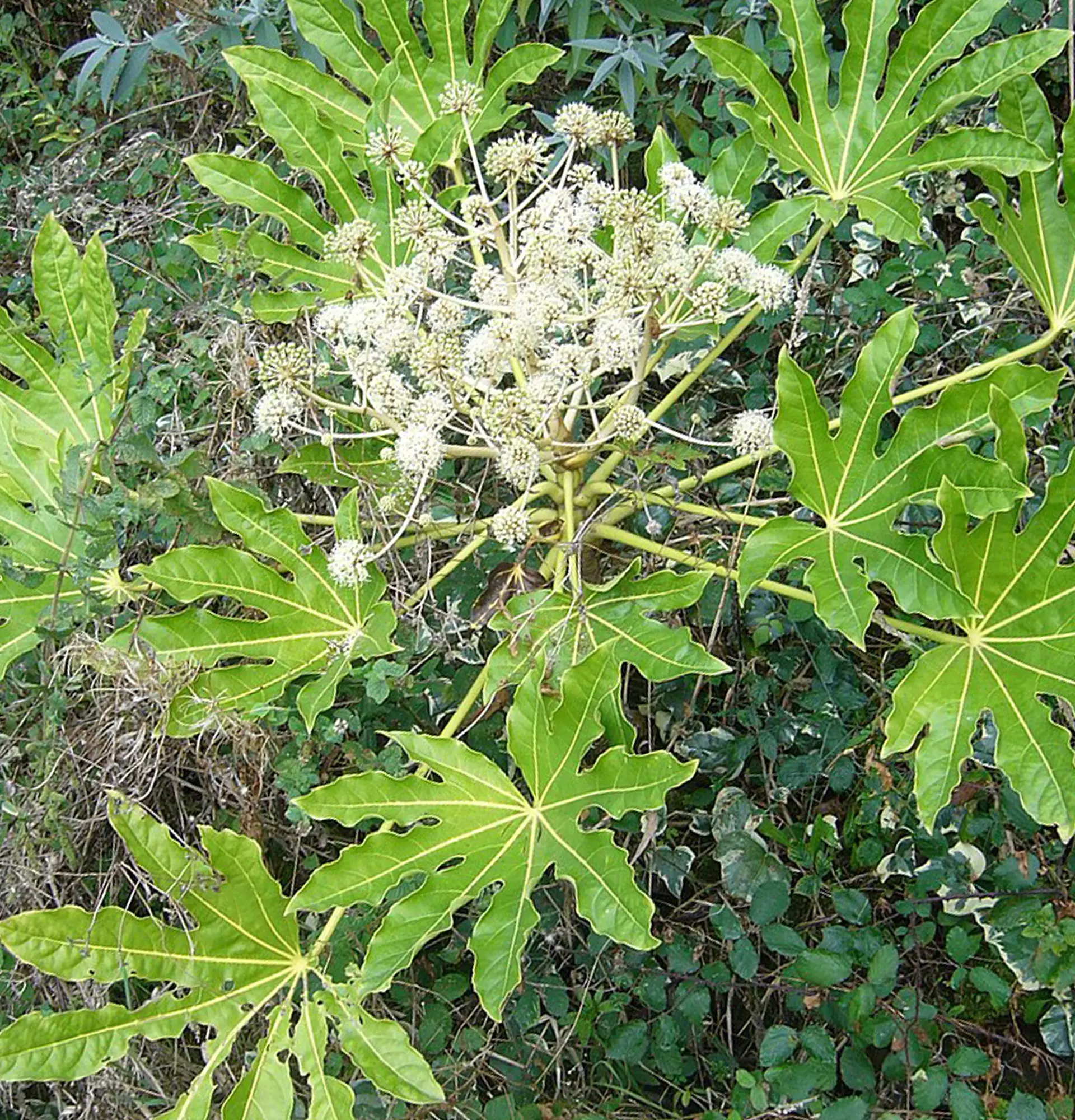
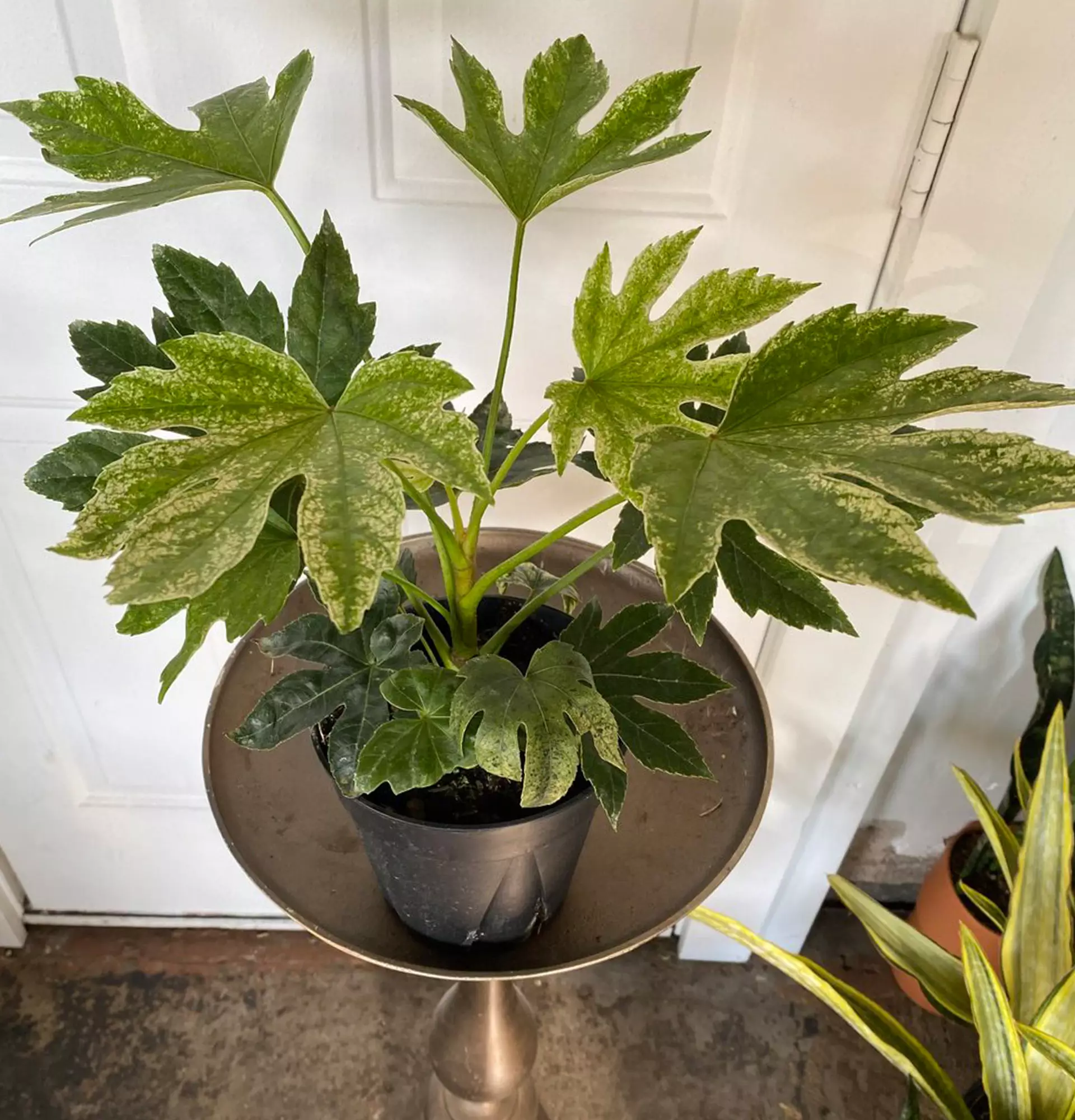
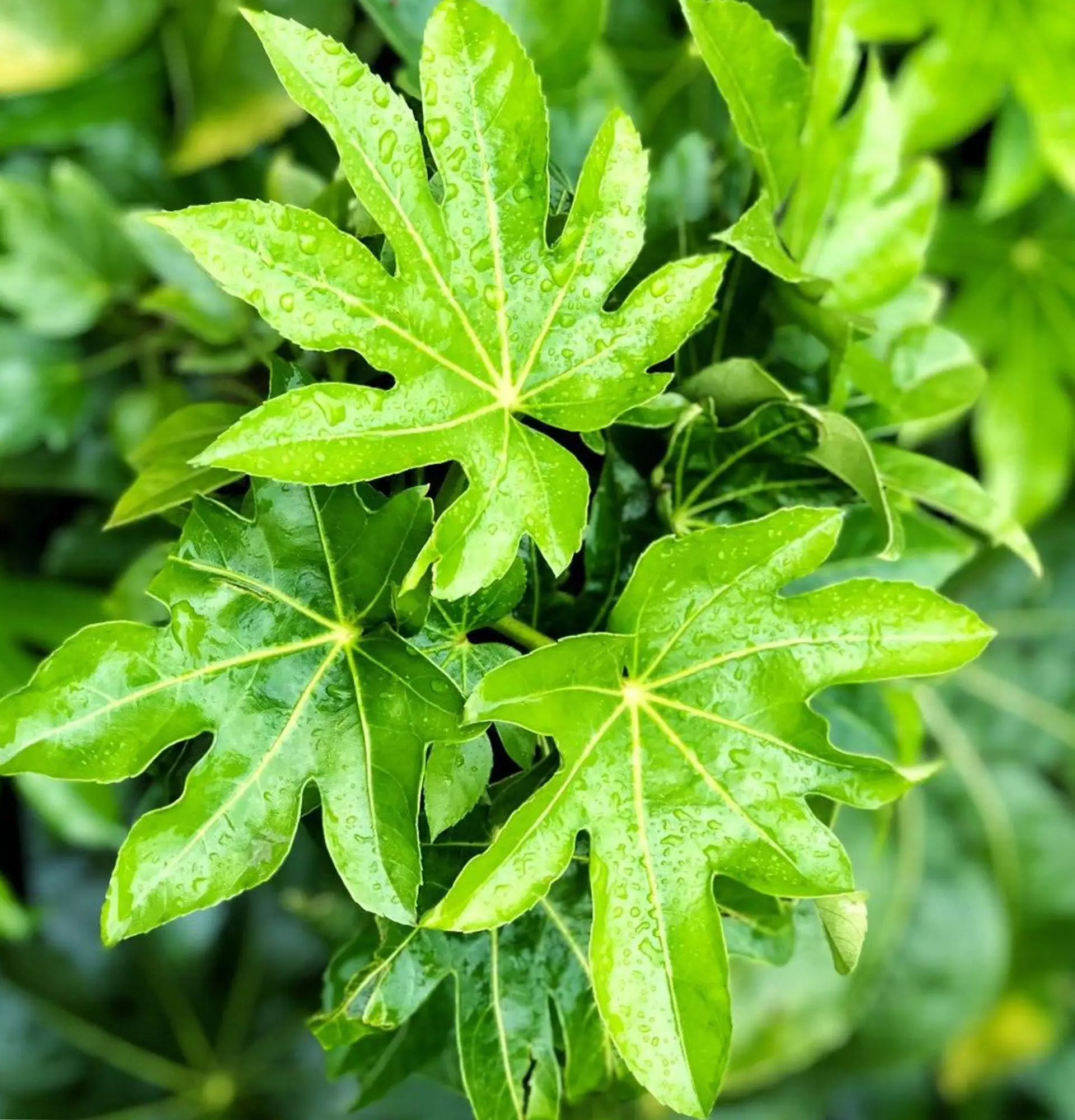
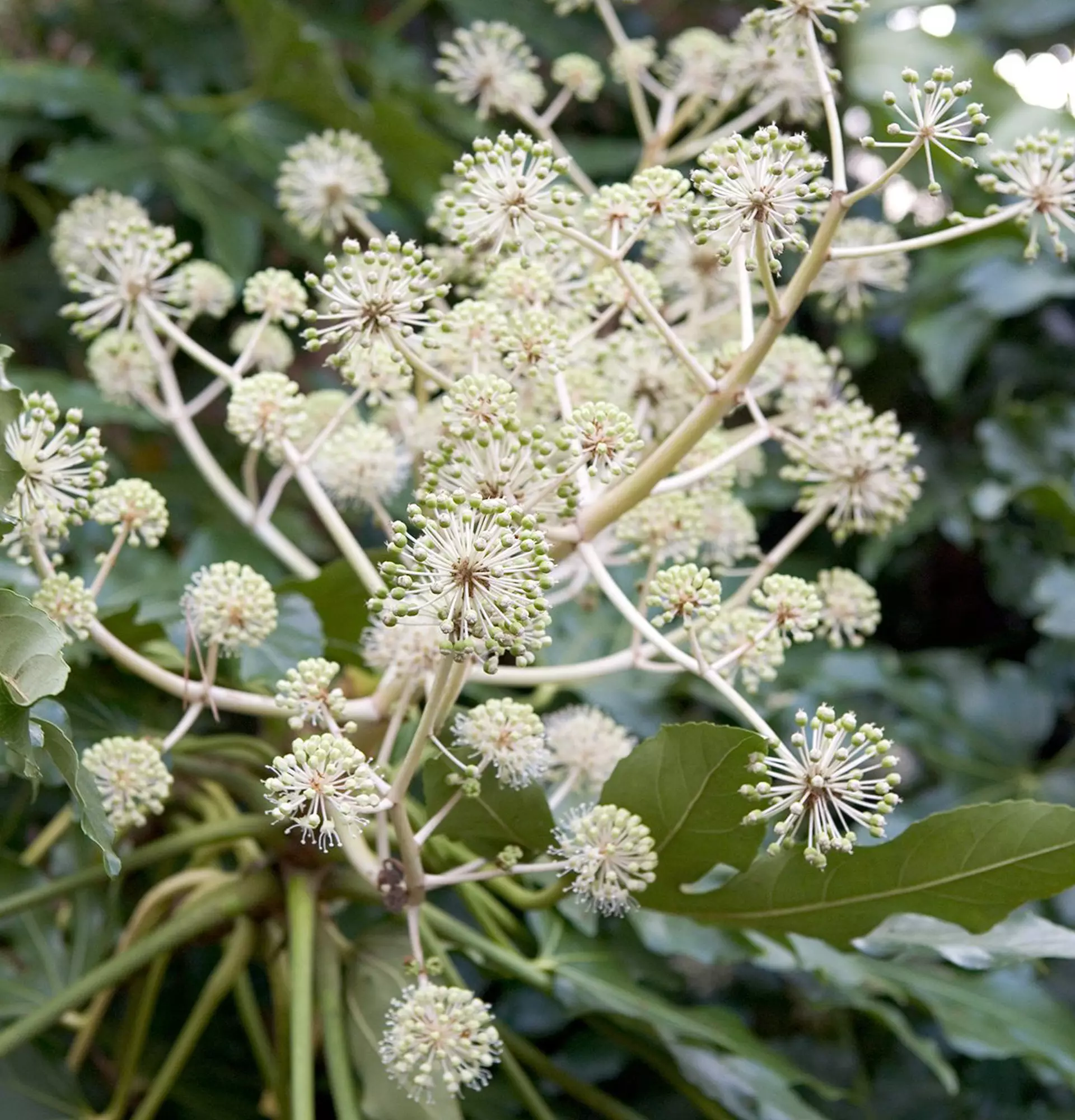
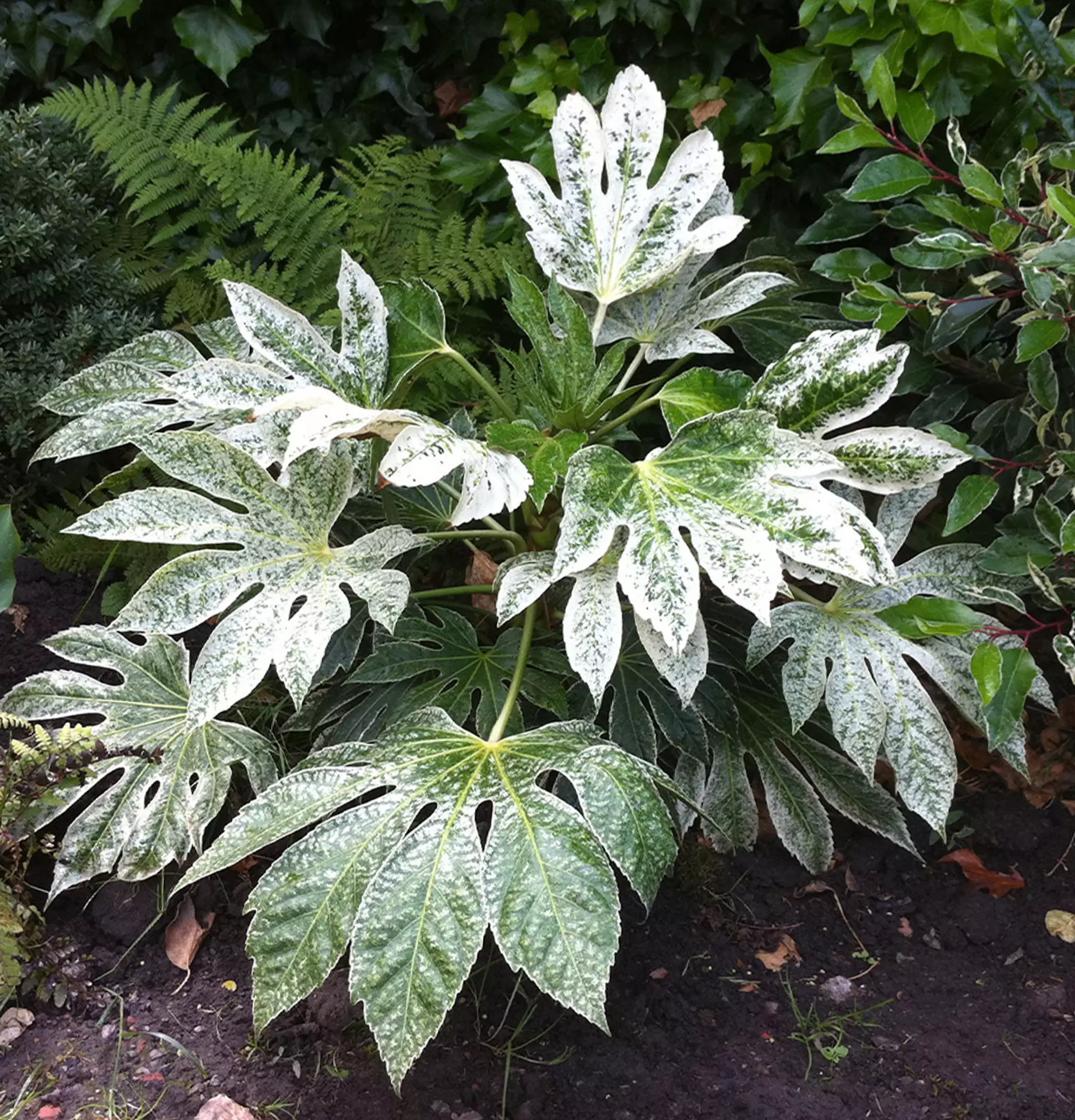
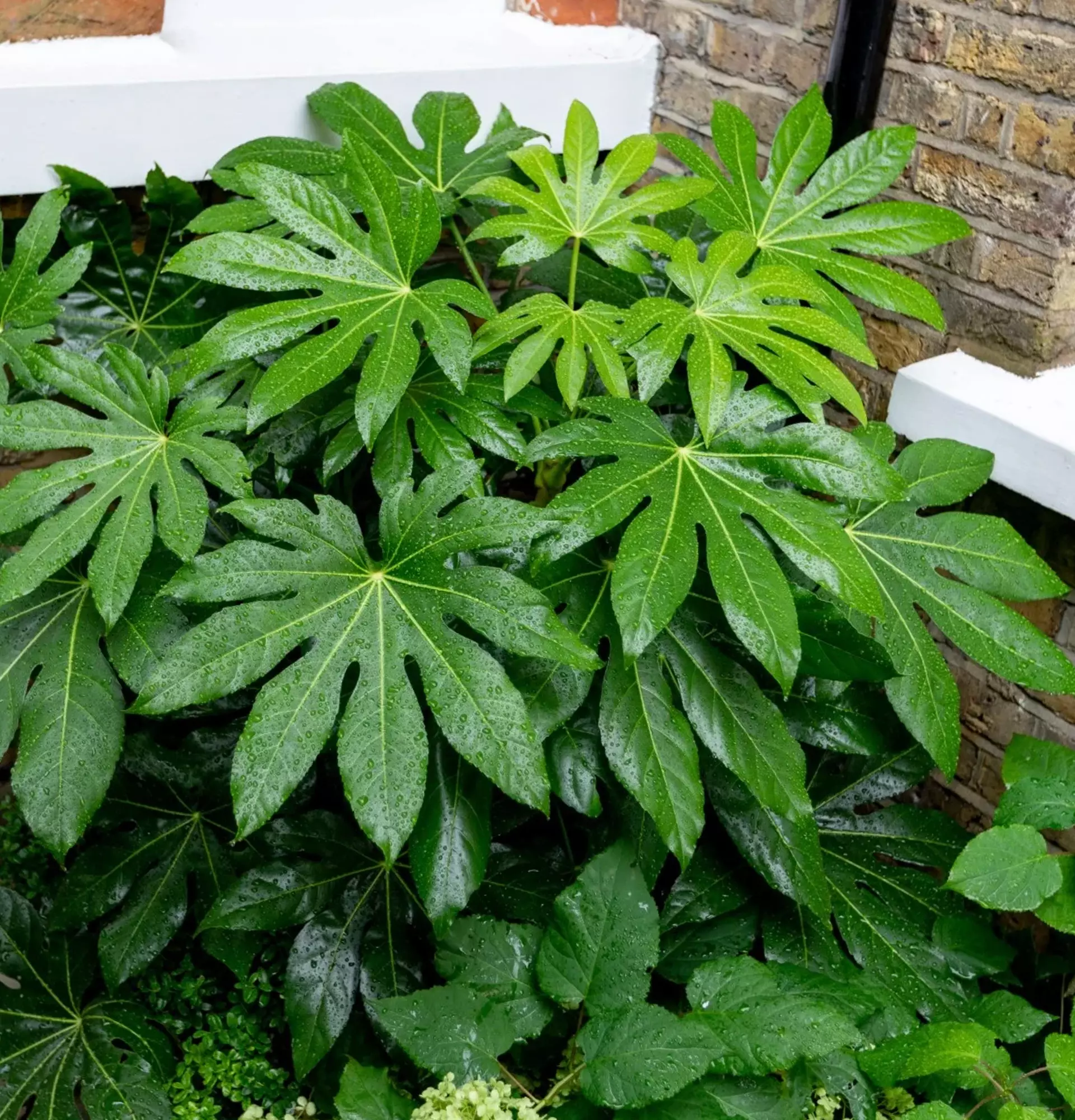
Write comments
Comments